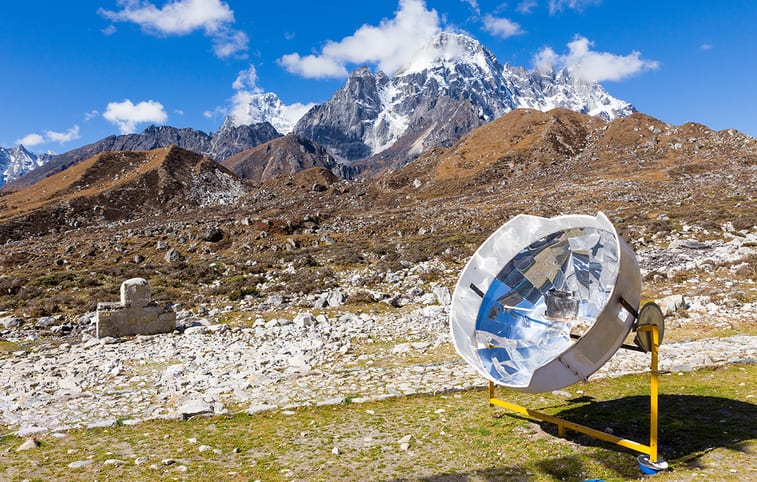Step into Unit 5: The Atmosphere and Energy, to see how a
lesson would unfold in Bring Science Alive!
Unit Anchoring Phenomenon
Each unit begins with a storyline that allows students to dive deep into a real-world phenomenon. The Anchoring Phenomenon encourages students to make connections with the world around them. Students then further explore the phenomenon during the Performance Assessment.
Storyline: Adventurers who brave extreme weather conditions to trek across California’s scorching Death Valley and Antarctica’s frozen surface must be prepared. The Extreme Adventures Company has hired you to design equipment for these adventurers to help them stay healthy and safe.
Anchoring Phenomenon: Cold food in a cooler stays cold, and food in a solar cooker gets hot.
After student watches the anchoring phenomenon video, students begin a KWL chart in the Unit Checkpoints. They generate questions for inquiry and return to answer questions charts throughout the unit.
| View it in print | View it online |
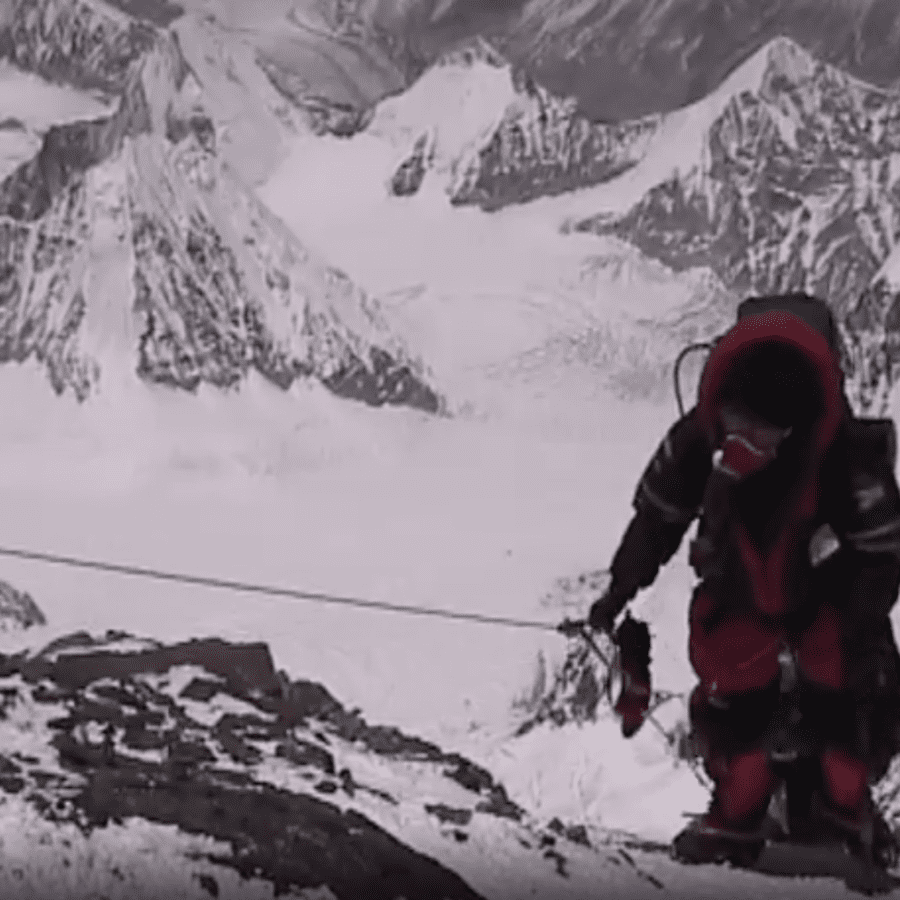
Lesson Phenomenon
Each lesson begins with an investigative phenomenon that is used to pique students’ interest and drive instruction throughout the investigation.
Lesson 11 Phenomenon: Breathable air exists only in the lowest 5 km of Earth’s atmosphere.
By the end of the lesson, students will be able to explain the phenomenon.
 |
 |
| View it in print (p.1) | View it online |
Three-Dimensional Lesson Investigations
Hands-on investigations allow students to take on the role of scientists and explore real-world problems. Students work in the Science and Engineering Practices by asking questions and defining problems, constructing explanations and designing solutions, and developing and using models. Students interact with the Crosscutting Concepts including Scale, Proportion, and Quantity, and Systems and System Models. Disciplinary Core Ideas are also embedded within the investigations.
In Lesson 11: The Atmosphere and Energy, students gather density and temperature data on each layer of the atmosphere and plot the data on a graph. Then, they create a scale model of the atmosphere using a Bernoulli bag.
Investigation 3: Creating a Scale Model of Earth’s Atmosphere |
| View it in print (p.2-9) | View it online |
Investigation Kit
Reference Text Features
The Reference Text features considerate and engaging text with engineering content built right in. On TCI’s learning online platform, the Reference Text offers Text-to-Audio, Main Idea Viewer, Spanish translation, Student Highlighter Tool, and more. In addition, resources beyond the text are embedded in TCI’s online learning platform. This includes Check for Understanding, digital simulations, and videos that will help students investigate phenomena more meaningfully.
Explore lesson 11’s print and online Reference Text where students learn about Earth’s atmosphere.
| View it in print | View it online |

NGSS-Designed Assessments
Each lesson includes a TCI assessment that addresses all three dimensions, uses diverse stimuli, and allows students to express understanding in multiple formats. You can use it as a formative or summative assessment to evaluate students’ ability to explain real-world data and phenomena. Want more flexibility with assessments? You can also create your own, or use shared questions from other TCI teachers.
| View it in print | View it online |
 Engineering
Engineering
|
Throughout the program, students participate in Engineering Challenges where they think like an engineer as they solve real-world problems related to unit anchoring phenomenon. They go through the engineering design process for each challenge. In Unit 5: The Atmosphere and Energy, students design a cooler and a solar oven for a company to either minimize or maximize heat transfer while meeting all criteria and constraints. |
Reading Further

|
Reading Furthers are included in each lesson to enhance literacy and engage students with related topics. Students dive into a high-interest topic and investigate the intricacies of science. In lesson 11’s Reading Further, students read about the weather on different planets and solar storm effect on planets.
|
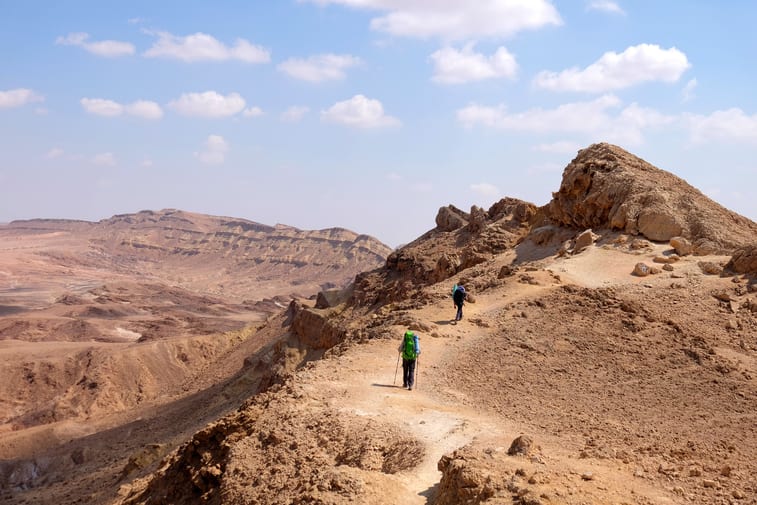
Performance Assessment
Students apply what they have learned in a hands-on Performance Assessment where they are evaluated across the three dimensions.
Unit 5 Performance Assessment: Surviving Extreme Temperatures
Develop a proposal for an improved cooler or solar cooker based on revised criteria and constraints, applying key scientific principles to optimize the design.
 |
 |
| View it in print | View it online |
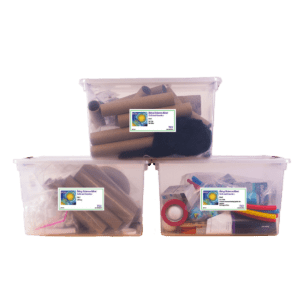
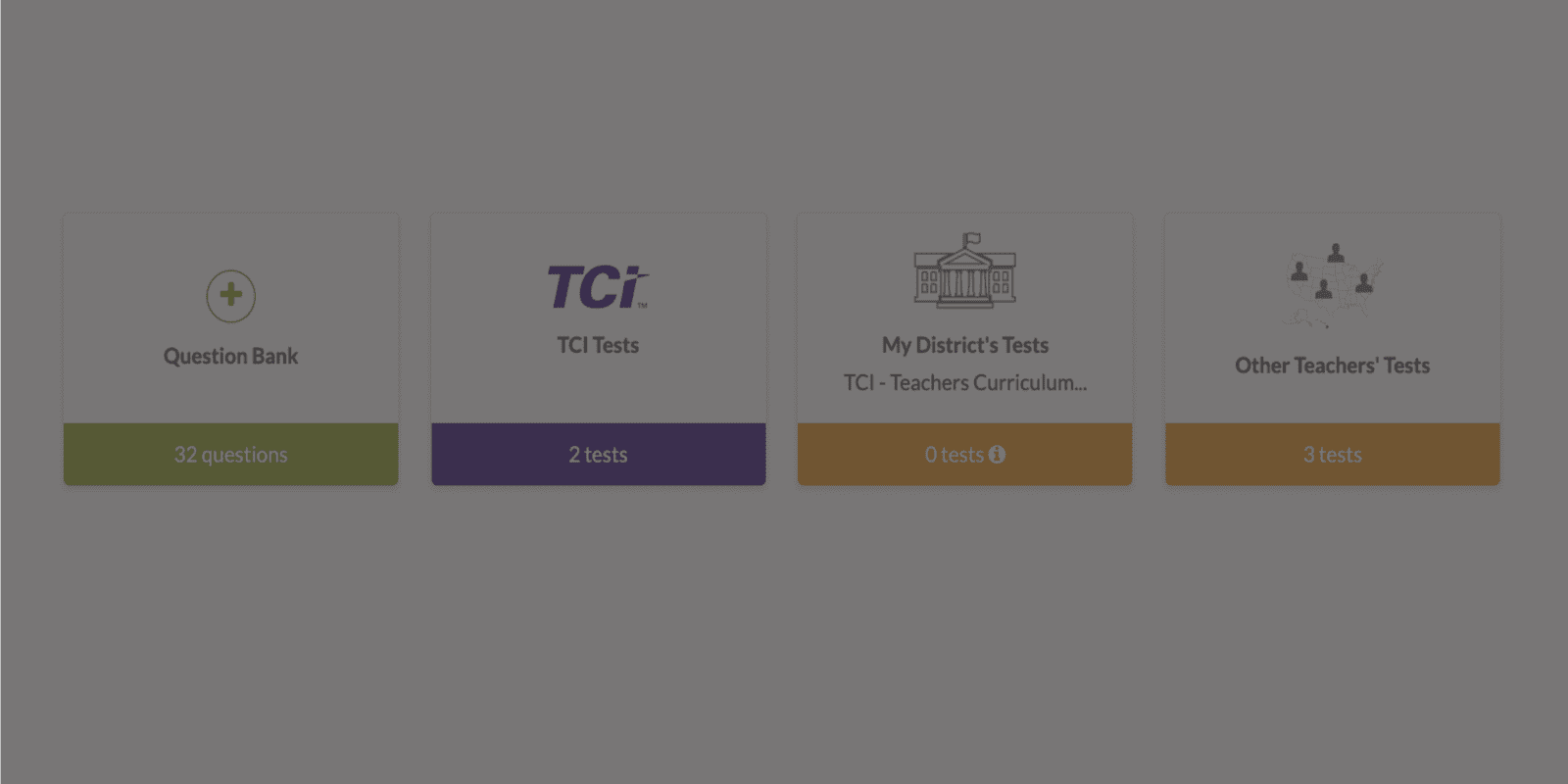
 Engineering
Engineering